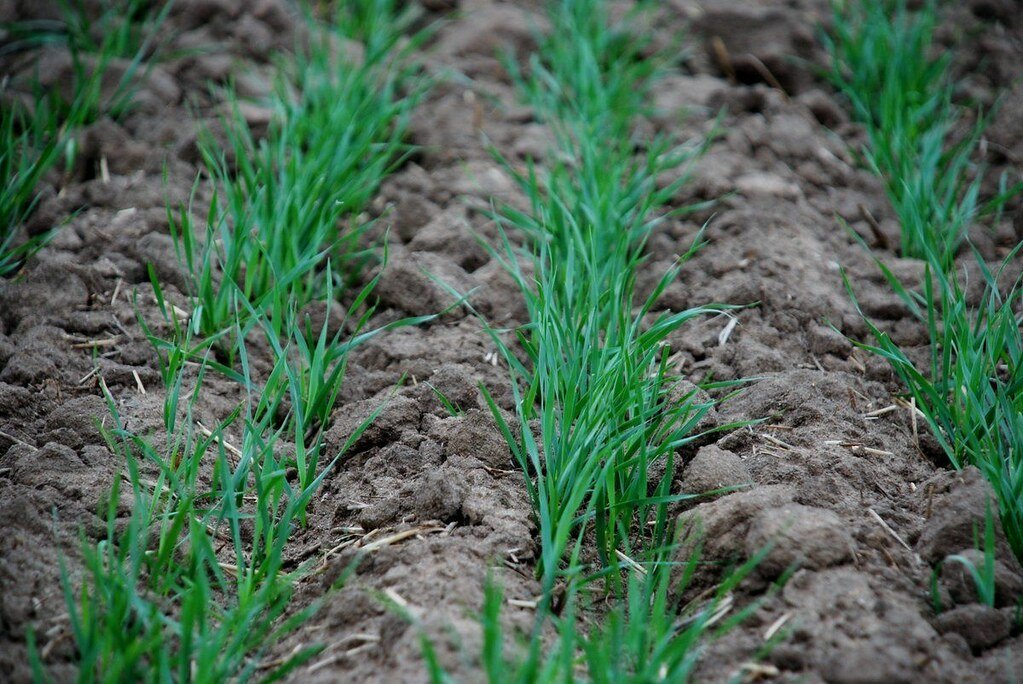Research
Structure and Function of Soil Microbial Communities
Soil microbes play critical roles in ecosystem processes and the maintenance of soil fertility. Despite their importance, soil microorganisms remain poorly described and we have a limited understanding of how the structure of belowground communities is linked their functional capabilities. Ongoing projects focus on the spatial variability in soil archaeal, bacterial, viral, and fungal communities across scales ranging from thousands of kilometers to <1 meter. In addition, we couple molecular analyses of microbial communities (via metagenomic and rRNA surveys) with assessments of soil biogeochemical processes to build a predictive understanding of the linkages between microbial community structure and soil processes.
Airborne Microorganisms
Microorganisms are abundant and ubiquitous in the lower layers of the Earth’s atmosphere. Some of these airborne microorganisms are important to human health (particularly with regards to allergies and asthma) and the health of agricultural crops. We are working on a series of projects examining the spatial and temporal variability in airborne bacteria and fungi across North America.
Microbial Communities in the Built Environment
The surfaces inside and outside our homes harbor a diverse array of bacteria and fungi, but the composition of these communities, their spatial variability, and the sources of the microbes remain understudied. We are investigating how factors such as occupancy, geographic location, and building characteristics influence those microbes found inside and outside our homes.
Plant-Microbe Interactions
Plants harbor a wide array of bacteria and fungi on and inside their roots, leaves, and seeds. The interactions between plants and their associated microbes can have important effects on plant productivity in both natural and managed systems. Current work is examining how the structure and function of plant-associated microbial communities change across plant species, across different strains of crop plants, and across different environments with a focus on how these community changes affect plant health.



